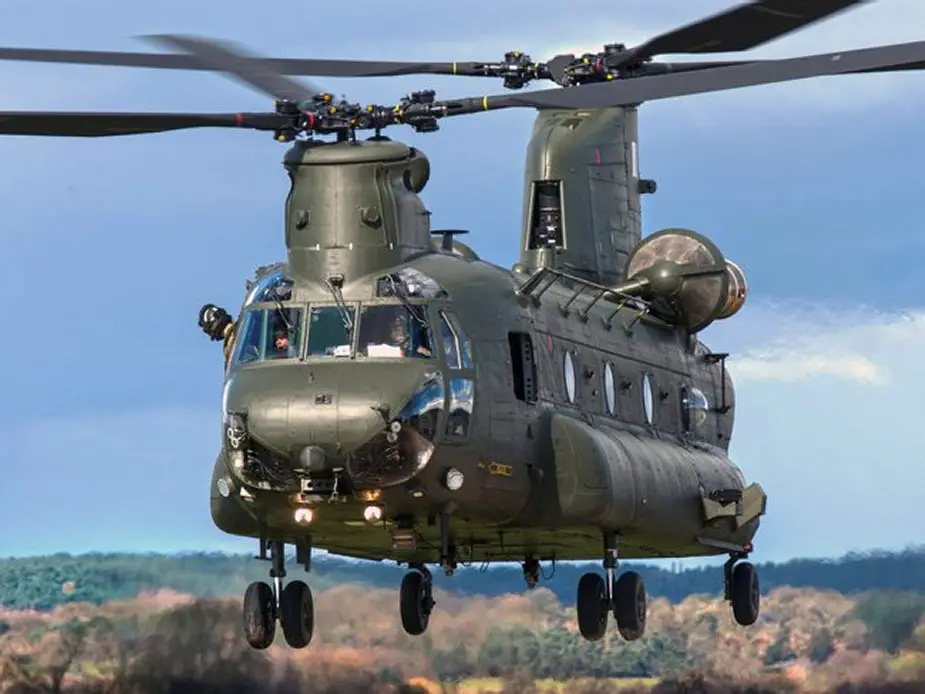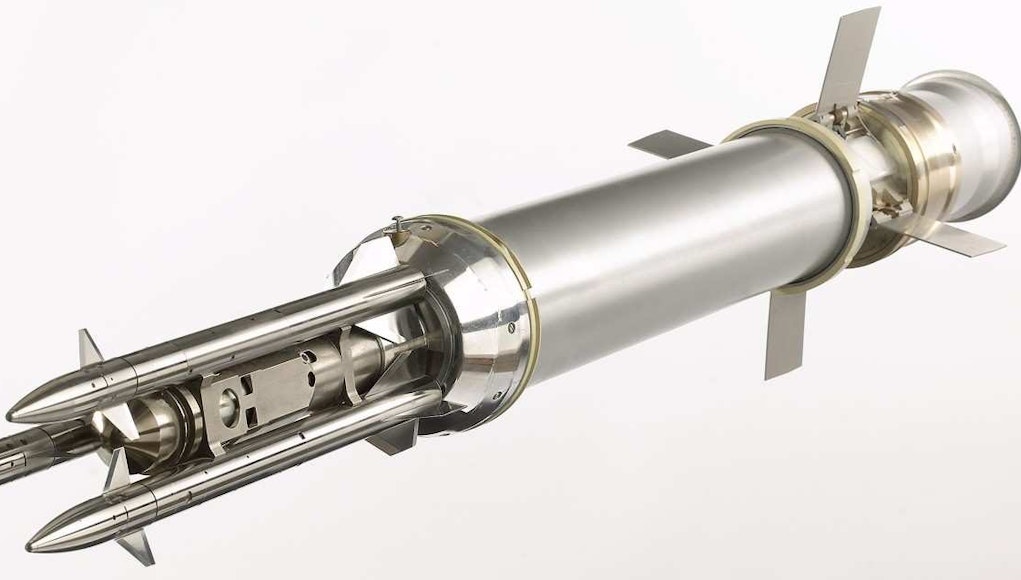Pressure mounts on UK defense chief over pick of Boeing surveillance plane
British Defence Secretary Gavin Williamson arrives for a cabinet meeting at 10 Downing Street on July 10, 2018, in London. (Dan Kitwood/Getty Images)
LONDON — British defense procurement officials are facing fresh questions about their plan to buy Boeing Wedgetail E-7 airborne early warning aircraft for the Royal Air Force without holding a competition.
At issue is whether the government is rightfully leaning toward sole-sourcing the U.S. contractor's offering over a European-made system consisting of Saab's Erieye radar and an Airbus 330 airframe.
In one of two letters released late Oct. 17 by the parliamentary Defence Committee, Saab United Kingdom boss Andrew Walton rejected the Ministry of Defence’s argument that marrying the company’s sensor with the Airbus plane would pose a problem. Instead, he explained, the combination would represent the “lowest risk” of any platform on which Erieye has been placed.
The Saab letter was made public alongside a missive from panel Chairman Julian Lewis to Defence Procurement Minister Stuart Andrew. That letter poses several questions about how the MoD reached its decision to move forward with a plan to sole-source the Wedgetail when the ministry lacked detailed information on the A330-Erieye combination.
In particular Lewis wanted to know why an offer from Saab to supply classified technical information relating to the performance of Erieye was declined by the RAF and the Defence Equipment and Support organization.
It’s highly unusual, if not unprecedented, that a letter publicly refuting the procurement reasoning of the MoD and its officials is published.





/arc-anglerfish-arc2-prod-mco.s3.amazonaws.com/public/75K6HBXLANBHBJRLH44MNGBTLQ.jpg)



